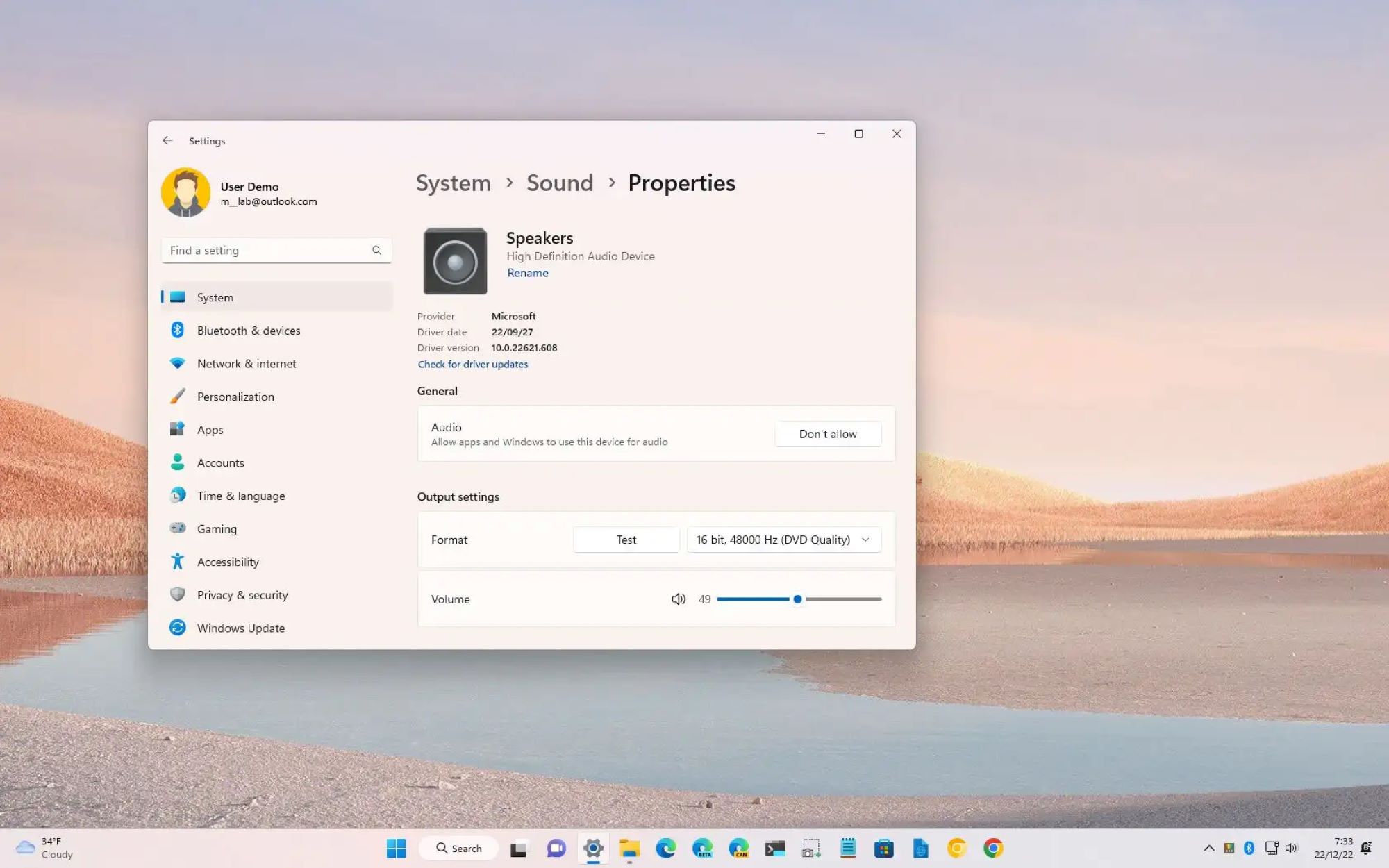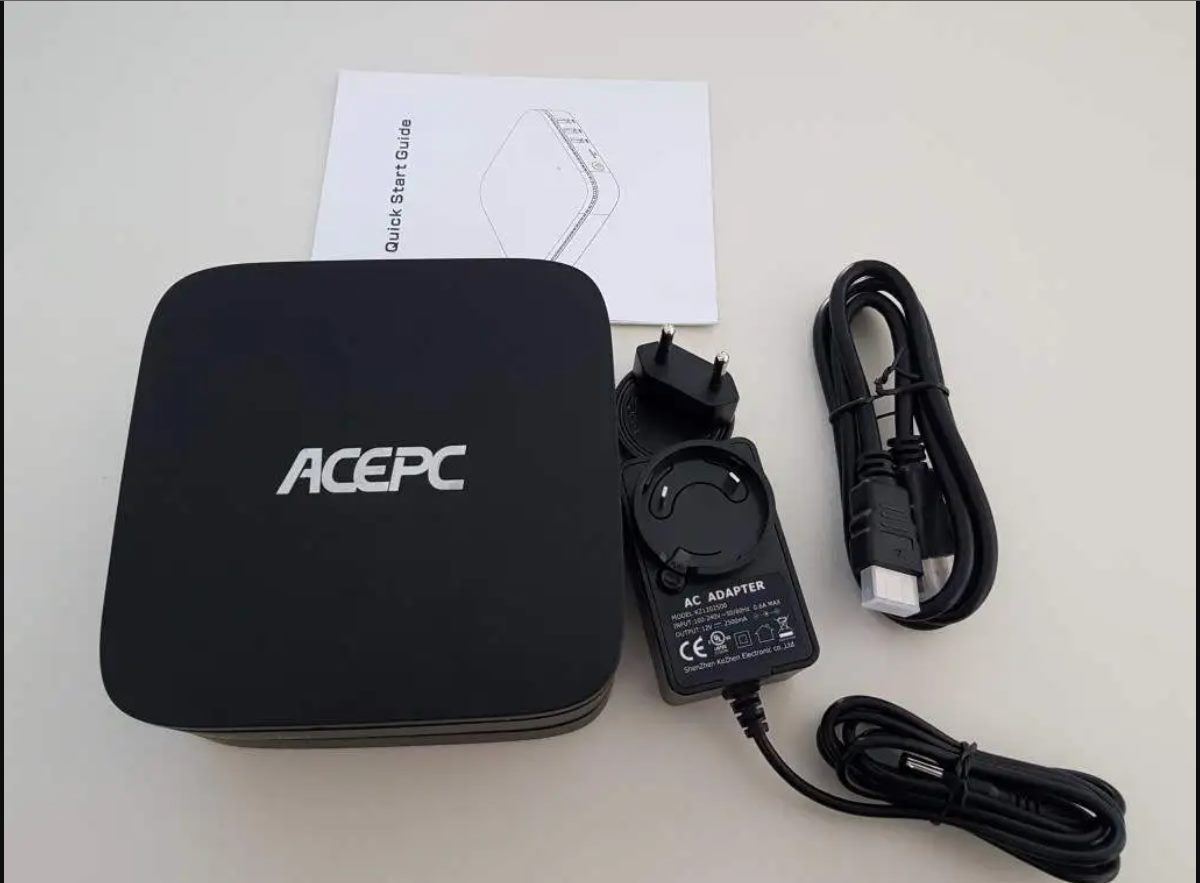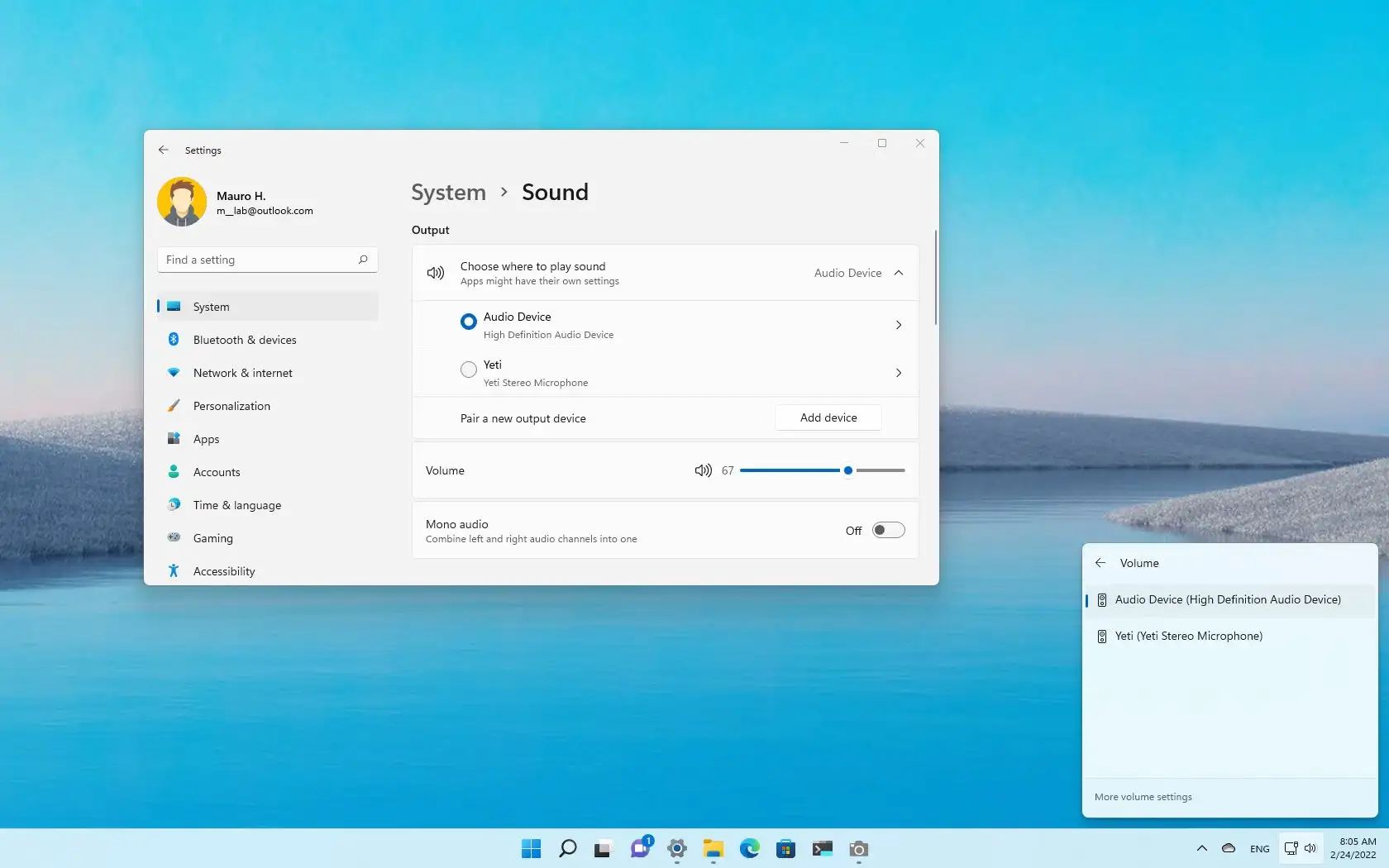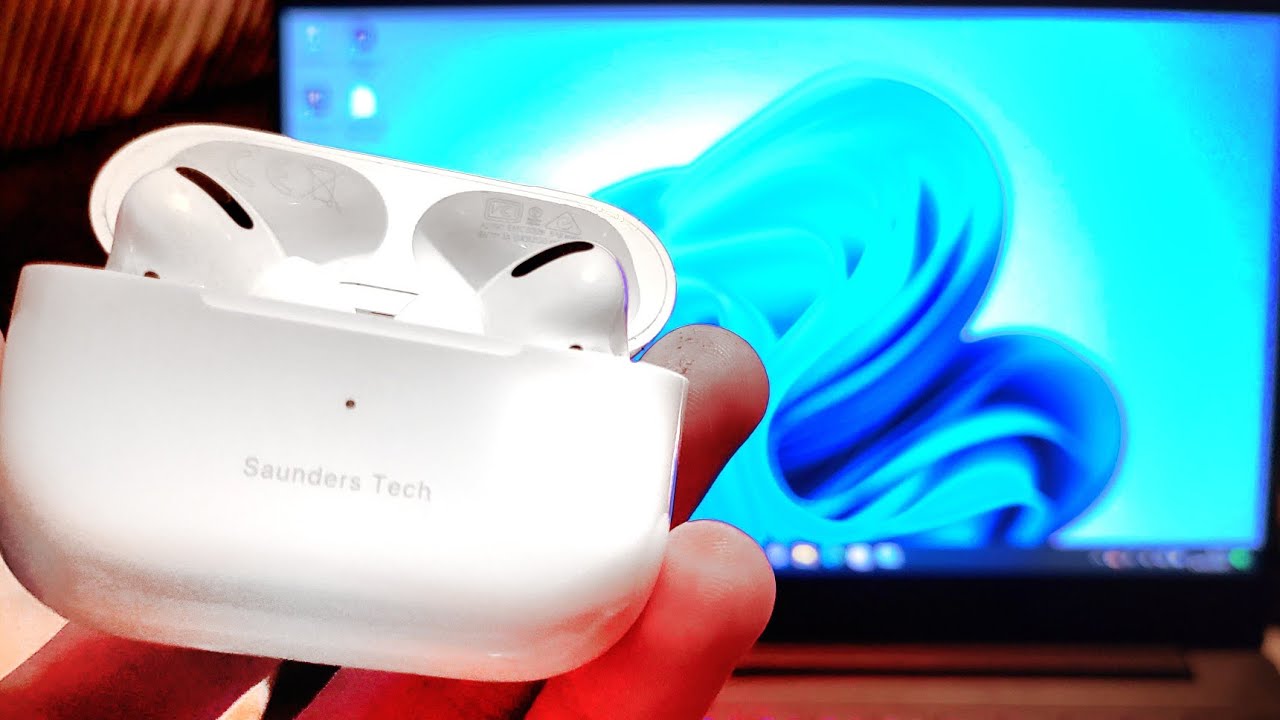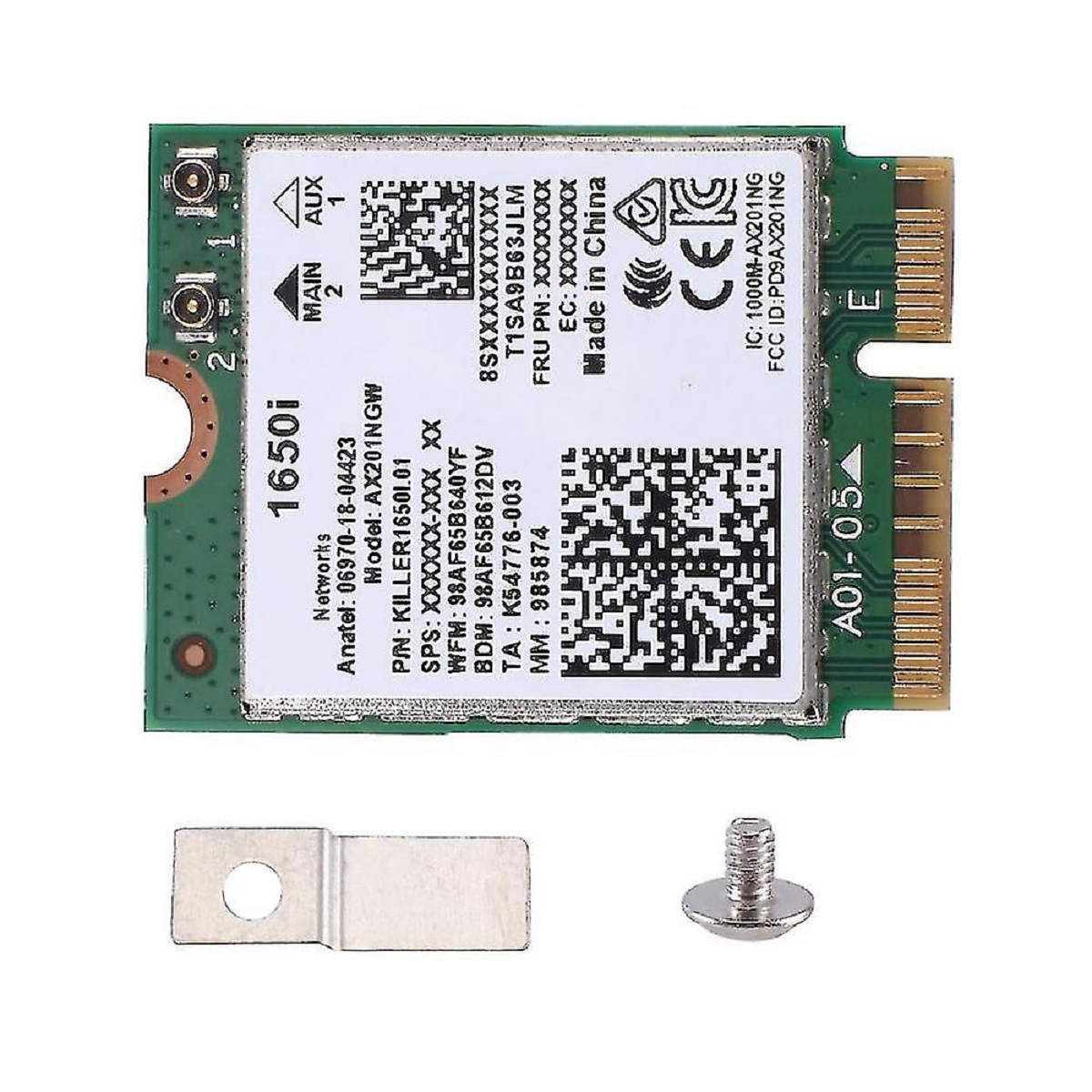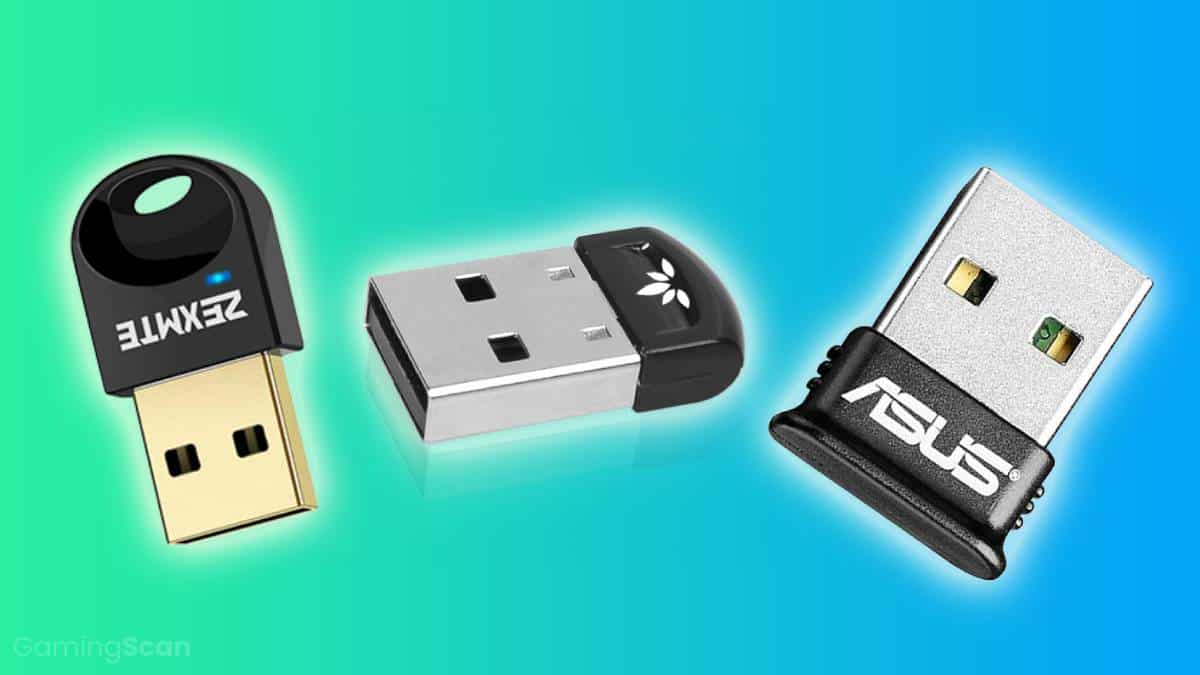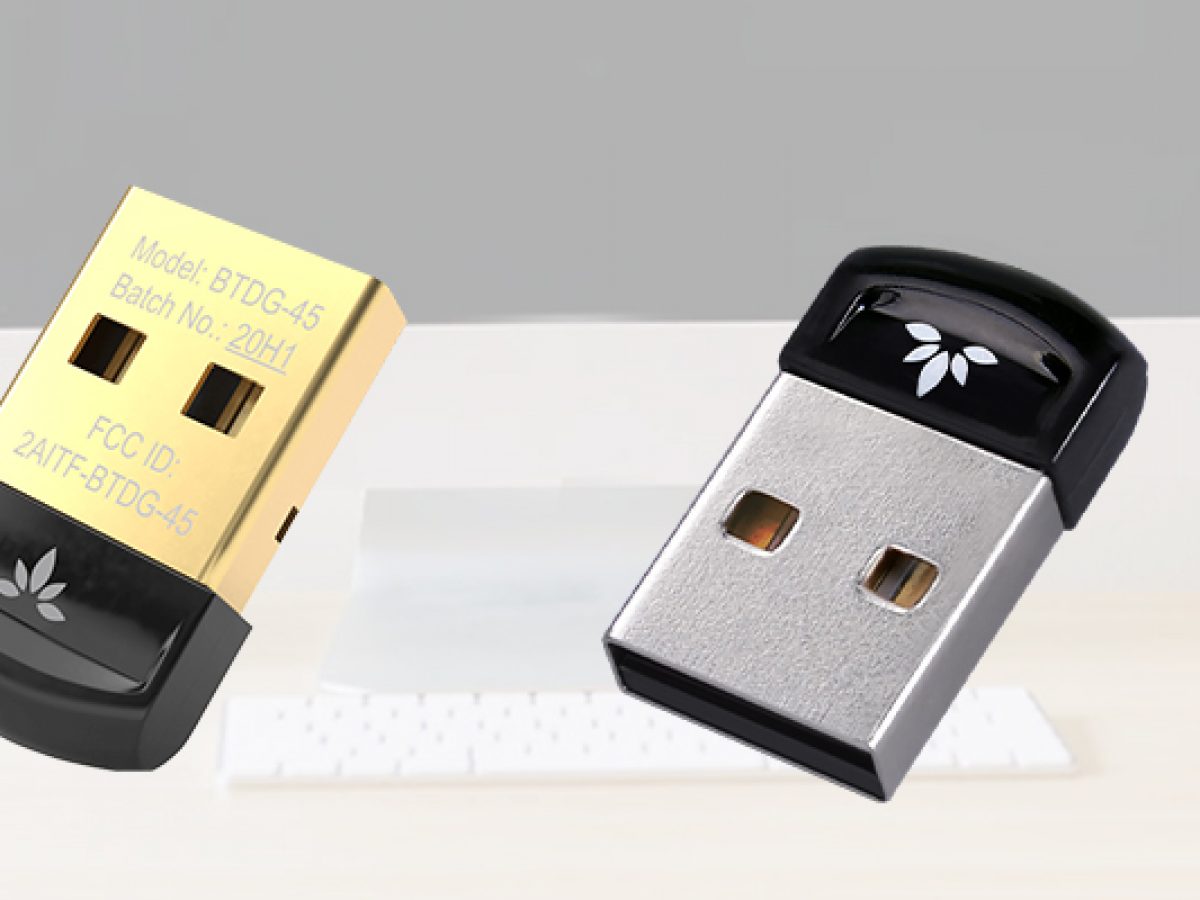Introduction
Welcome to this comprehensive guide on how to update audio drivers in Windows 11. Your computer’s audio drivers play a vital role in ensuring that you have an optimal audio experience, whether you are enjoying music, watching videos, or engaging in gaming activities. Over time, audio drivers can become outdated, leading to compatibility issues, decreased sound quality, or even audio-related problems.
Updating your audio drivers regularly is essential to keep your audio system running smoothly and to take advantage of the latest features and improvements. In this guide, we will explore different methods to update audio drivers in Windows 11, ensuring that you have access to the most up-to-date drivers available.
We will begin by discussing the importance of updating audio drivers and the benefits it brings. Then, we will show you how to check the current version of your audio driver to determine if an update is necessary. Next, we will guide you on finding and downloading the latest audio drivers for Windows 11.
Once you have downloaded the correct driver, we will explain various methods to update your audio drivers. This includes updating drivers through the Device Manager, utilizing Windows Update, and using third-party driver updater software that automates the process for you.
After updating the audio drivers, we will cover how to verify that the drivers have been successfully installed. Additionally, we will provide troubleshooting tips to address any common issues that may arise during the updating process.
Whether you are a casual computer user or a tech-savvy individual, this guide caters to all skill levels. So, let’s dive in and learn how to update your audio drivers in Windows 11, ensuring you get the best possible sound experience on your computer.
Reasons to Update Audio Drivers
Updating your audio drivers on a regular basis is crucial for several reasons. Let’s explore some of the key benefits and reasons why you should keep your audio drivers up to date:
1. Improved Audio Quality: Audio driver updates often include enhancements and bug fixes that can significantly improve the sound quality on your computer. Whether you’re listening to music, watching movies, or playing games, updating your audio drivers can result in a better audio experience overall.
2. Compatibility with New Hardware: If you’ve recently installed new audio devices or upgraded your computer’s hardware, updating your audio drivers ensures compatibility with these new components. Outdated drivers may not fully support the latest audio hardware, leading to potential issues or even lack of functionality.
3. Enhanced Features and Functionality: Audio driver updates often introduce new features and functionalities that can enhance your audio experience. These updates may include support for virtual surround sound, improved audio effects, or added customization options, allowing you to tailor your sound settings to your preferences.
4. Optimized Performance and Stability: Outdated drivers can cause various audio-related issues, such as sound distortion, audio dropouts, or erratic behavior. Updating your audio drivers ensures that you have the most stable and optimized performance, reducing the chances of encountering audio problems or disruptions.
5. Patched Security Vulnerabilities: Like any software on your computer, audio drivers may have security vulnerabilities that can be exploited by malicious individuals. Driver updates often include security patches to address any discovered vulnerabilities, keeping your system protected from potential threats.
6. Enhanced Software Compatibility: Updates to audio drivers can also improve compatibility with software applications that rely on audio functionality. By keeping your audio drivers up to date, you can ensure that your favorite applications work seamlessly with your audio system, minimizing any compatibility issues.
These are just a few of the reasons why it’s important to update your audio drivers regularly. By doing so, you can benefit from improved audio quality, enhanced features, compatibility with new hardware, and overall better performance and stability of your audio system.
Checking Current Audio Driver Version
Before updating your audio drivers in Windows 11, it’s important to check the current version of your audio driver. This step will help you determine if an update is necessary and also provide you with a reference point.
Here’s how you can check the current audio driver version:
1. Open Device Manager: Right-click on the Start button and select “Device Manager” from the context menu. Alternatively, you can press Windows key + X and choose “Device Manager” from the menu.
2. Locate the Audio Category: In the Device Manager window, look for the “Sound, video, and game controllers” category. Expand the category to reveal the audio devices installed on your computer.
3. Identify the Audio Device: You may see multiple audio devices listed, such as “Realtek High Definition Audio,” “Intel(R) Display Audio,” or others depending on your hardware configuration. Identify the audio device that you want to check the driver version for.
4. Check the Driver Version: Right-click on the audio device and select “Properties” from the context menu. In the Properties window, navigate to the “Driver” tab. Here, you will find the current driver version information, including the driver date and driver version number.
5. Take Note of the Driver Version: Make a note of the current driver version for future reference and comparison. This will help you confirm if a newer version is available for download.
By following these steps, you can easily check the current audio driver version on your Windows 11 computer. Once you have this information, you can proceed with finding and downloading the latest audio drivers.
Finding the Latest Audio Drivers
Once you have checked the current audio driver version on your computer, the next step is to find the latest audio drivers. There are a few different methods you can use to accomplish this:
1. Manufacturer’s Website: Visit the website of your computer’s manufacturer or the manufacturer of your audio device. Look for a support or drivers section on their website and search for the specific model of your computer or audio device. The website should provide a list of available drivers, including the latest audio drivers for your system.
2. Driver Update Utilities: Some driver update utilities can automatically scan your system and identify the latest drivers available for your devices, including audio drivers. Popular driver update utilities include Driver Booster, Driver Easy, and Snappy Driver Installer. Be sure to download these utilities from reputable sources and exercise caution during installation.
3. Windows Update: Windows 11 includes a built-in Windows Update feature that can automatically download and install the latest drivers for your hardware. You can access Windows Update by going to Settings > Windows Update > Check for updates. If there are any available audio driver updates, Windows Update will download and install them for you.
4. Online Driver Databases: There are various online databases that provide drivers for different hardware components. Websites like DriverGuide, DriverPack Solution, and Station-Drivers provide a vast collection of drivers, including audio drivers. Be cautious when using these websites and verify the authenticity and compatibility of the drivers before downloading and installing them.
By using the methods mentioned above, you can easily find the latest audio drivers for your Windows 11 system. Remember to download the drivers from trusted sources and ensure compatibility with your specific hardware configuration.
Downloading Audio Drivers for Windows 11
Now that you have found the latest audio drivers for your Windows 11 system, it’s time to download them. The process may vary depending on the source of the drivers, but here are some general steps to download audio drivers:
1. Manufacturer’s Website: If you’re obtaining the drivers from the manufacturer’s website, navigate to the support or drivers section. Locate the driver page for your specific computer model or audio device. Look for the audio driver that matches your operating system (Windows 11) and download it by clicking on the appropriate download button or link.
2. Driver Update Utilities: If you’re using a driver update utility, such as Driver Booster or Driver Easy, follow the instructions provided by the software to initiate the driver download process. These utilities often have a feature that allows you to download and install the drivers directly from within the program.
3. Windows Update: If you’re using the Windows Update feature to update your drivers, you do not need to download the drivers separately. Windows Update will automatically download and install the latest audio drivers for you when you use the Check for updates feature in the Windows Update settings.
4. Online Driver Databases: If you’re downloading drivers from online driver databases, carefully select the audio driver that matches your Windows 11 system and hardware. Follow the provided instructions on the website to initiate the download of the audio driver file.
Once the audio driver file is downloaded, it will typically be in the form of an executable file or a zip archive. If it’s a zip archive, extract the contents to a preferred location on your computer.
It’s important to note that you should always download drivers from trusted sources to ensure their authenticity and reliability. Additionally, make sure to download audio drivers that are specifically compatible with your system’s hardware and the Windows 11 operating system.
With the audio driver downloaded and ready, you can proceed with the next steps to update the audio drivers on your Windows 11 computer.
Updating Audio Drivers Using Device Manager
One of the methods to update audio drivers in Windows 11 is through the Device Manager. Here’s how you can update audio drivers using Device Manager:
1. Open Device Manager: Right-click on the Start button and select “Device Manager” from the context menu. Alternatively, you can press Windows key + X and choose “Device Manager” from the menu.
2. Locate the Audio Device: In the Device Manager window, expand the “Sound, video, and game controllers” category to reveal the audio devices installed on your computer.
3. Update the Audio Driver: Right-click on the audio device that you want to update and select “Update driver” from the context menu. This will launch the driver update wizard.
4. Choose Update Method: In the driver update wizard, select the option that allows you to search automatically for updated driver software. This will prompt Windows to search for the latest driver software online.
5. Install Updated Driver: If a newer version of the audio driver is found, Windows will automatically download and install it. Follow the instructions provided by the wizard to complete the driver installation.
6. Restart Your Computer: After the driver installation is complete, it’s recommended to restart your computer to ensure that the changes take effect successfully.
Device Manager is a built-in Windows utility that manages installed hardware and their associated drivers. It can be an effective method to update the audio drivers in Windows 11. However, please note that the drivers downloaded through Device Manager may not always be the latest ones available. Therefore, it’s crucial to check other sources, such as the manufacturer’s website, for the most up-to-date drivers.
By following these steps, you can update audio drivers using Device Manager in Windows 11. This method can help resolve compatibility issues, improve audio quality, and ensure that you have the latest features available for your audio device.
Updating Audio Drivers Using Windows Update
Updating audio drivers in Windows 11 can also be done through the built-in Windows Update feature. Here’s how you can update audio drivers using Windows Update:
1. Open Windows Update: Go to Settings by clicking on the Start button and selecting the gear icon. In the Settings window, click on “Windows Update.”
2. Check for Updates: In the Windows Update settings, click on the “Check for updates” button. Windows will now search for available updates, including driver updates.
3. Install Audio Driver Update: If a newer audio driver is found, Windows will automatically download and install it as part of the update process. You may need to restart your computer for the changes to take effect.
4. Configure Advanced Update Options: To ensure that driver updates are automatically installed in the future, you can configure advanced update options. Under the Windows Update settings, click on “Advanced options” and make sure the “Automatic” option is selected under the “Choose how updates are installed” section.
Windows Update is a convenient way to update audio drivers as it scans your computer for available updates, including driver updates. It’s important to note that Windows Update may not always have the latest audio drivers available. In such cases, it is recommended to check the manufacturer’s website for the most up-to-date drivers specifically designed for your audio device.
By following these steps, you can easily update audio drivers in Windows 11 using the Windows Update feature. Keeping your audio drivers up to date ensures compatibility, resolves issues, and provides access to the latest features and improvements for your audio device.
Updating Audio Drivers Using Driver Updater Software
Another convenient method to update audio drivers in Windows 11 is by using driver updater software. These tools can automatically scan your system, identify outdated drivers, and download and install the latest drivers for your audio devices. Here’s how you can update audio drivers using driver updater software:
1. Choose a Reliable Driver Updater: There are several reputable driver updater software available, such as Driver Booster, Driver Easy, and Snappy Driver Installer. Download and install the driver updater software from a trusted source.
2. Launch the Software and Perform a Scan: Open the driver updater software and initiate a system scan. The software will scan your computer for outdated drivers, including audio drivers.
3. Review the Scan Results: Once the scan is complete, the software will present a list of outdated drivers, including any outdated audio drivers. Review the scan results and identify the audio driver that needs to be updated.
4. Update the Audio Driver: Select the outdated audio driver from the list and choose the option to update it. The driver updater software will then proceed to download the latest version of the audio driver and install it on your computer.
5. Reboot Your System: After the driver update is complete, it is recommended to restart your computer to ensure that the changes take effect properly.
Driver updater software simplifies the process of updating drivers, including audio drivers, as they automate the search, download, and installation steps. These tools can save you time and effort in finding and updating drivers manually.
However, it’s essential to choose a reputable driver updater software and download it from trustworthy sources. Additionally, be cautious during installation and avoid unnecessary bundled software that may come with the driver updater.
By following these steps, you can easily update audio drivers in Windows 11 using driver updater software. It’s an efficient way to ensure that your audio drivers are up to date and improve the performance, compatibility, and stability of your audio devices.
Verifying the Updated Audio Drivers
After updating the audio drivers in Windows 11, it’s important to verify that the update was successful and that the new drivers are functioning properly. Here are some steps you can take to verify the updated audio drivers:
1. Check the Driver Version: Open Device Manager and navigate to the audio device. Right-click on the audio device and select “Properties” from the context menu. Go to the “Driver” tab, and check if the driver version corresponds to the updated version you installed. If it matches, the new driver has been successfully installed.
2. Test Audio Playback: Play some audio files or videos to ensure that the audio playback is functioning correctly. Pay attention to the sound quality, volume levels, and any audio-related issues that you may have experienced before the driver update.
3. Check for Error Messages: Monitor the system for any error messages or notifications related to the audio drivers. If there are no error messages and the audio functions without any issues, it indicates that the updated audio drivers are working properly.
4. Test Different Audio Devices: If you have multiple audio devices connected to your computer, such as speakers or headphones, test each device to ensure they are recognized and functioning correctly with the updated audio drivers.
5. Verify Additional Audio Features: If the updated audio drivers include new features or settings, explore these options to confirm they are accessible and functioning as expected. For example, check for any equalizer options, audio effects, or enhancements that may have been introduced with the updated drivers.
By performing these steps, you can verify that the updated audio drivers are working correctly and providing the intended improvements. If you encounter any issues or inconsistencies, consider rolling back to the previous driver version or seeking further assistance from the manufacturer or a technical support professional.
Regularly checking and verifying the updated audio drivers is vital to ensure that you continue to have an optimal audio experience on your Windows 11 computer.
Troubleshooting Common Issues
While updating audio drivers in Windows 11 can enhance your audio experience, it’s possible to encounter common issues during the update process. Here are some troubleshooting steps to resolve common audio driver-related problems:
1. Restart Your Computer: A simple restart can fix many temporary glitches. Restart your computer after updating the audio drivers to see if it resolves any issues you may be experiencing.
2. Roll Back the Driver: If you’re encountering new issues after updating the audio driver, you can roll back to the previous driver version. Open Device Manager, locate the audio device, right-click, and select “Properties.” Go to the “Driver” tab, and click on “Roll Back Driver” if the option is available.
3. Reinstall the Driver: If rolling back the driver doesn’t resolve the issue, consider uninstalling and reinstalling the audio driver. Open Device Manager, locate the audio device, right-click, and select “Uninstall device.” Then, restart your computer, and Windows will automatically reinstall the default driver. You can also download the audio driver from the manufacturer’s website and install it manually.
4. Check for Windows Updates: Ensure that your Windows 11 operating system is up to date. Go to Settings > Windows Update and click on “Check for updates.” Install any available updates, as they might include fixes for audio-related problems.
5. Update other Drivers and Software: Outdated or incompatible drivers and software can cause audio issues. Make sure to update other device drivers, such as the chipset or graphics drivers, as well as software programs that interact with audio, like media players or audio editing software.
6. Disable Audio Enhancements: Some audio enhancements or sound effects provided by your audio device or third-party software may conflict with the system, causing audio problems. Disable any audio enhancements in the sound settings or within the audio driver’s control panel and check if the issue is resolved.
7. Run Troubleshooters: Windows 11 includes built-in troubleshooters for audio-related problems. Go to Settings > System > Troubleshoot, and run the “Playing audio” troubleshooter. Follow the on-screen instructions to identify and resolve any audio issues.
If you have tried these troubleshooting steps and are still experiencing audio problems, it is advisable to contact the manufacturer’s support or consult with a technical professional for further assistance. They can provide personalized guidance and solutions specific to your computer and audio hardware.
Remember that troubleshooting steps may vary depending on the specific issue and hardware configuration. It is always a good practice to back up your important files before attempting any troubleshooting process.
Conclusion
Updating audio drivers in Windows 11 is essential for ensuring optimal audio performance and compatibility with the latest hardware and software. Whether you choose to update the drivers manually through Device Manager, use Windows Update, or utilize driver updater software, keeping your audio drivers up to date can enhance your audio experience and resolve common issues.
In this guide, we discussed the importance of updating audio drivers and the benefits it brings, such as improved audio quality, compatibility with new hardware, enhanced features and functionality, optimized performance and stability, patched security vulnerabilities, and enhanced software compatibility.
We then covered the step-by-step process of checking the current audio driver version, finding the latest audio drivers, and downloading them from trusted sources such as the manufacturer’s website or driver databases. We also explored different methods to update audio drivers, including using Device Manager, Windows Update, and driver updater software.
To ensure that the new audio drivers are functioning properly, we discussed how to verify the updated drivers by checking the driver version, testing audio playback, reviewing for error messages, testing different audio devices, and verifying additional audio features.
In the event of encountering common audio driver issues, we provided troubleshooting steps, including restarting the computer, rolling back the driver, reinstalling the driver, checking for Windows updates, updating other drivers and software, disabling audio enhancements, and running built-in troubleshooters.
Remember, regular maintenance of your audio drivers is crucial for a seamless audio experience. Keep an eye out for driver updates and be proactive in keeping your audio drivers up to date so that you can fully enjoy your favorite music, videos, and games on your Windows 11 computer.







